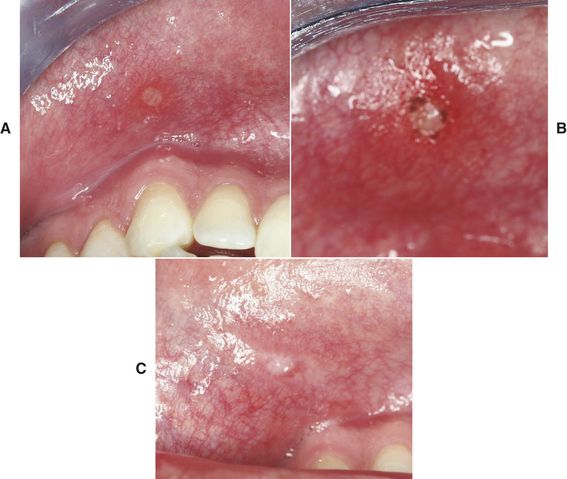CHAPTER 24
Soft-Tissue Diode Laser Surgery in Orthodontics
Contemporary orthodontics continues to merge with modern-day technology and the growing focus on dental esthetics in today’s culture. One of the main treatment goals of orthodontics has been the ability to produce an esthetic smile in a timely manner. In previous years, orthodontists have been limited in what they could do to improve treatment outcomes by the lack of technology and knowledge. In recent years, the advent of the soft-tissue diode laser has made several soft tissue procedures easily accessible and doable for orthodontists. Several advantages of the diode laser include: ease of use, the ability to maintain a hemostatic environment, minimal discomfort for the patient, ability to cut only soft tissues (not hard tissues), and sutures being unnecessary for proper wound healing. These advantages have encouraged several orthodontists to perform their own minor soft-tissue procedures, allowing the orthodontist to finish cases much more efficiently and to a higher esthetic standard. Slowly erupting teeth and gingival overgrowth that have previously lengthened treatment time can now be readily handled by the orthodontist with the use of a diode laser. Unaesthetic gingival contours and margins can now be routinely managed along with incisal recontouring in order to produce a most esthetic treatment result. Several soft-tissue procedures along with their indications and methods will be addressed in this chapter.
1 What soft-tissue procedures using a laser should an orthodontist consider?
Orthodontists continually strive to find methods to enhance treatment results and reduce treatment time. The advent of soft tissue lasers allows the orthodontist to have more control over factors that previously could impede treatment time and compromise treatment results. Several clinical instances exist where the use of a soft-tissue laser would be beneficial to both the orthodontist and the patient: gingival recontouring, aphthous ulcer management, expedition of tooth eruption, removal of operculae, and frenectomies.< ?xml:namespace prefix = "mbp" />
Removal of soft tissue with the laser is useful for gingival recontouring in orthodontics for esthetic, health, and time reasons. Gingival reshaping for uneven gingival margins, improving tooth proportionality, and improving a gummy smile can greatly enhance the esthetic treatment outcome. Gingival recontouring is also indicated in patients with poor hygiene where inflamed gingiva, pseudopockets, and difficulty brushing and flossing are present.
Aphthous ulcers can be very uncomfortable and painful for the patient (

FIG 24-1 Aphthous ulcer (before and after). A, Aphthous ulcer before laser surgery. B, Aphthous ulcer immediately after laser surgery. C, Aphthous ulcer 1 week after laser surgery.
Soft tissues can sometimes cover a tooth and impede its eruption into the arch. The soft tissue laser can be used to remove overlying tissue so that the orthodontist can bond a bracket and begin moving the tooth immediately.
Orthodontists sometimes find themselves waiting to band second molars when an operculum is present. The soft tissue laser can remove opercula so that the orthodontist can band the second molars and keep treatment on track.
Patients who present with a large diastema often have a low frenum that contributes to the excessive spacing. After orthodontically closing the space, it is often recommended to perform a frenectomy to help stabilize the space closure. The soft-tissue laser makes frenectomy procedures easier to manage, minimal in discomfort, and hemostatic.
2 What type of laser should be used in orthodontics?
A laser is made up of a monochromatic light that travels through a tube that collimates the light energy. A protective shield encircles the light, allowing the laser to be released only at the tip and not through the sides.
Stay updated, free dental videos. Join our Telegram channel

VIDEdental - Online dental courses


